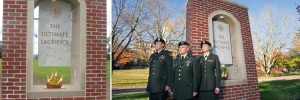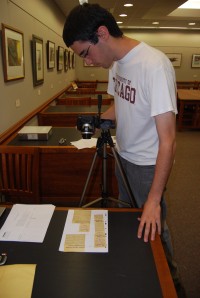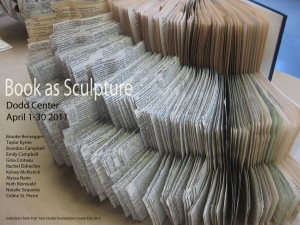It was in the fall of 1893, just months after Storrs Agricultural School became Storrs Agricultural College and began officially admitting women, that the first student organization for women was established. Women had been taking classes unofficially since the fall of 1890, and then a legislative act in 1893 made their enrollment official.
The first student organization at the school was a literary society launched in 1888 when it was still an all-male institution. That group disbanded after its founder left the school. Two literary societies took its place in 1893, the Eclectic Society for men and the Ionian Society for women. They merged into one group and took the Eclectic Society name in 1894. Then a new, separate literary society for women formed in 1899 as the Alethia Society.
A student newspaper, the monthly “Lookout”, was established in 1896, but it wasn’t until 1906 that the all-male staff was joined by a woman. Lena Hurlburt, a member of the Class of 1907, was the Class Notes Editor, in addition to being co-captain of the women’s basketball team.
The Class Notes position would be the only position for women on the newspaper staff until 1917. After the United States joined the fighting in Europe during the First World War, women took over many of the previously male-dominated campus organizations. Helen Clark was the first woman to be editor-in-chief of what was now the Connecticut Campus, with Gladys Dagget as the first woman to serve as the newspaper’s business manager. Both Clark and Dagget were members of the Class of 1919. But once the war was over and the men returned to campus, women would not again hold those top positions on the newspaper for decades.
-Mark J. Roy, University Communications (retired)




































